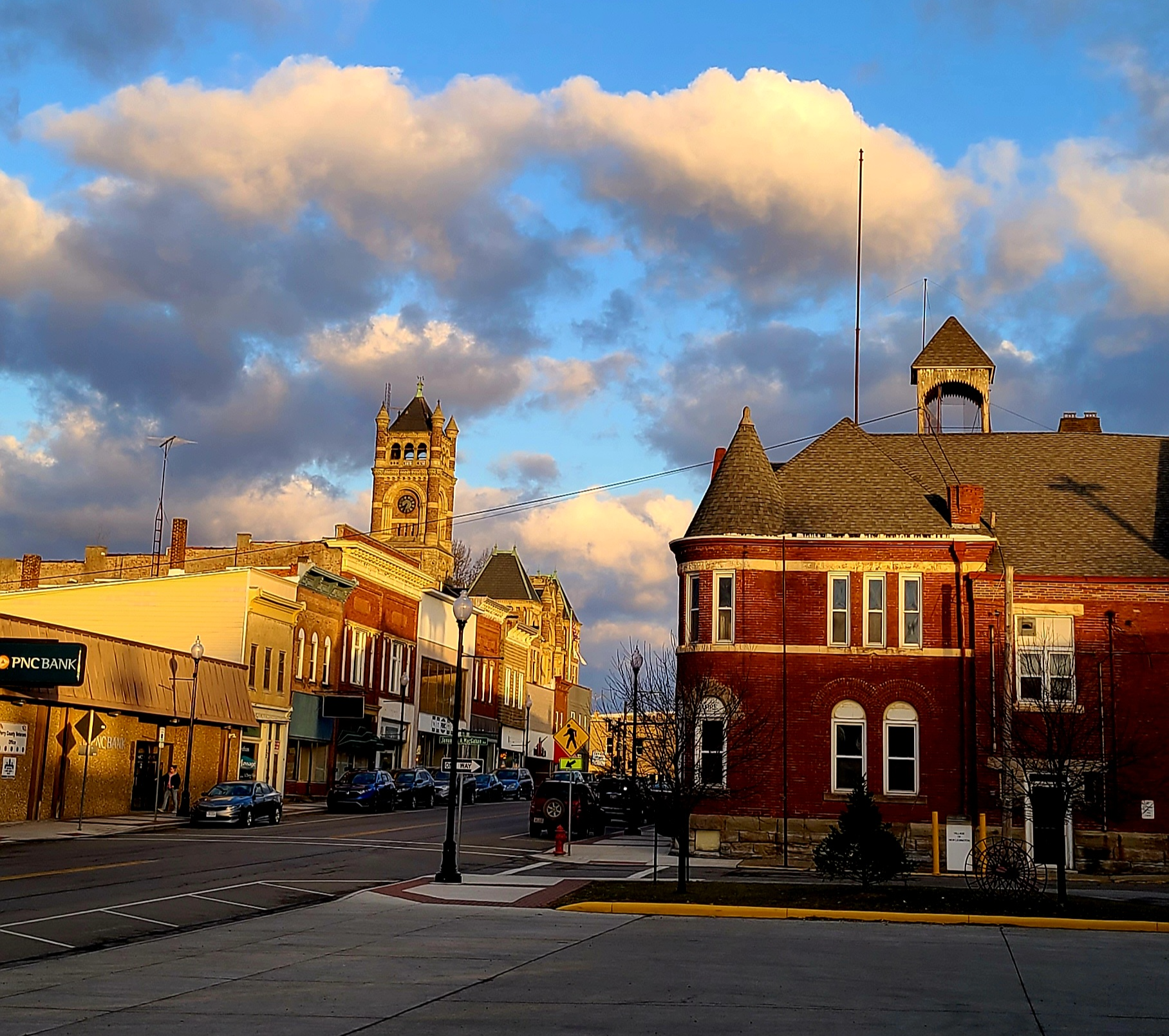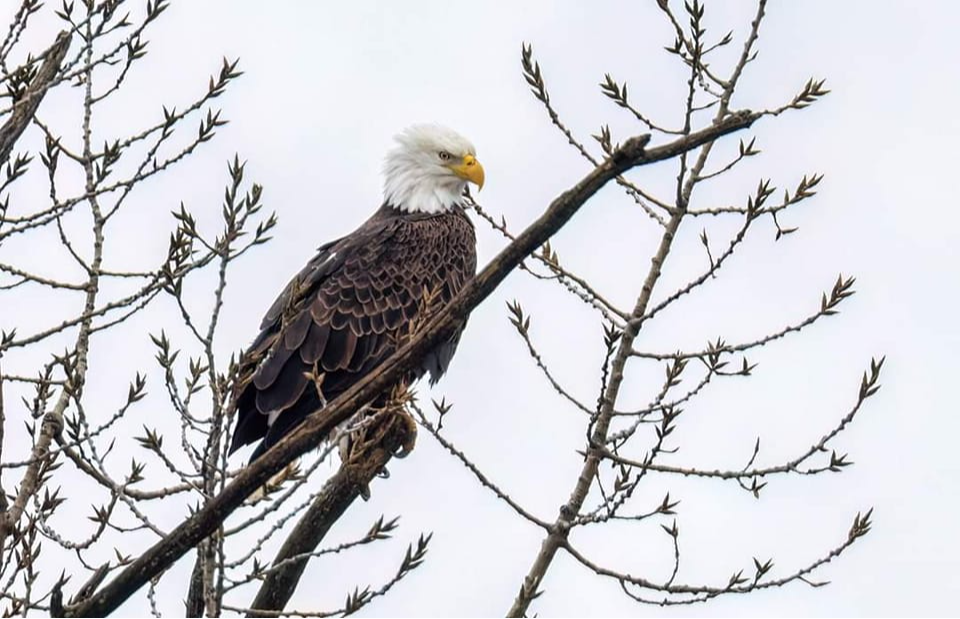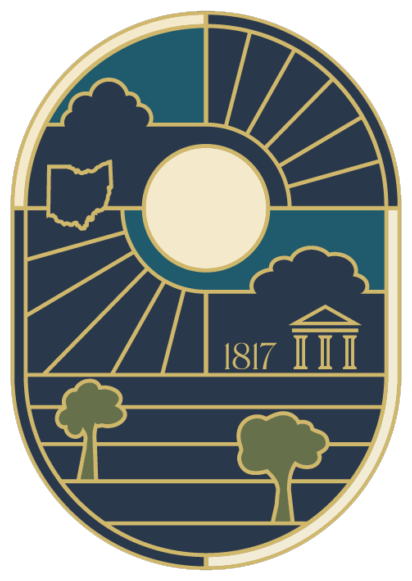History
Perry County was established in 1817 and was named after Oliver Hazard Perry, a hero of the War of 1812. Perry County occupies a portion of Ohio bounded on the north by Licking and Muskingum counties, on the east by Muskingum and Morgan counties, on the south by Athens and Hocking counties, and on the west by Fairfield County. It is therefore in the southeastern part of the State.
The landscape is a varied one. There are no mountains and no plains, but in the southern portion there are many lofty hills and narrow valleys. North of New Lexington the country is rolling and presents in many places charming vistas.
This section of the county is better adapted to agriculture than the more rugged; hence, well-cultivated farms and attractive buildings delight the eye. The highest point above sea level in the county is where the old courthouse in Somerset now stands, which is 1,160 feet. The lowest point is 689 feet, at Monday Creek Station.
Perry County, like its adjacent territory, was the home of Native Americans. The nations that resided in the area were the Shawnee, Hopewell Culture, Kaskaskia, Ofo, and Adena Culture. Further back, beyond the memory of men, and even traditions, a race of people lived here before the Native Americans. These were the Mound Builders. They left no records, and all they did leave behind were imperishable memorials in the form of mounds and earthworks. More than one hundred of these may be found in the county, the most wonderful being the “Stone Fort” at Glenford.

View looking north down Main Street

Bald Eagle at New Lexington Reservoir (Photo Credit: Chris Amy)
December 26, 1817, is the date given which marks the official organization of Perry County. It is the fifty-second in order, and was created from parts of territory of Washington, Muskingum and Fairfield. The residence of Thomas Mains Somerset was used as the first courthouse. Towns began to develop; the cross-roads store, the watermill, the blacksmith shop and the church edifice made buildings enough for a village.
Rehoboth was laid out in 1815 by Eli Gardner, who provided an ample public square, and, when the time came, what is now “The Deserted Village” was a formidable rival for the county seat. Losing the contest for the shire town, its ambitious citizens turned to the culture of tobacco, and, it is said, raised a brand the chewing and smoking of which helped mightily to assuage the grief for the lost courthouse.

Statue of Januarius MacGahan on N. Main St. in New Lexington
One of the most influential American journalists and war correspondents, Januarius MacGahan, was born near New Lexington in 1844. MacGahan was considered a hero by the people of Bulgaria where they later gave him the title of “Liberator of Bulgaria”. Every year in June, the Village of New Lexington holds a festival and memorial service in MacGahan’s honor. You will find a statue of MacGahan on North Main Street, and if you drive to New Lexington Cemetery, whose entrance is located on Swigart Street, you will see MacGahan’s final resting place. As you head South on Main Street from the statue, you will also notice a one-way street named after Januarius MacGahan, which runs alongside the New Lexington Fire Department on the East side and PNC Bank on the West side.
